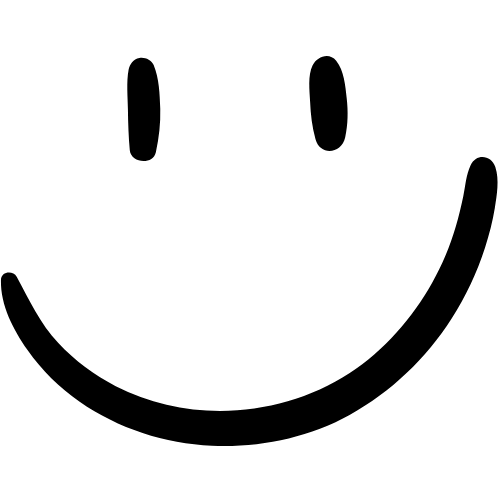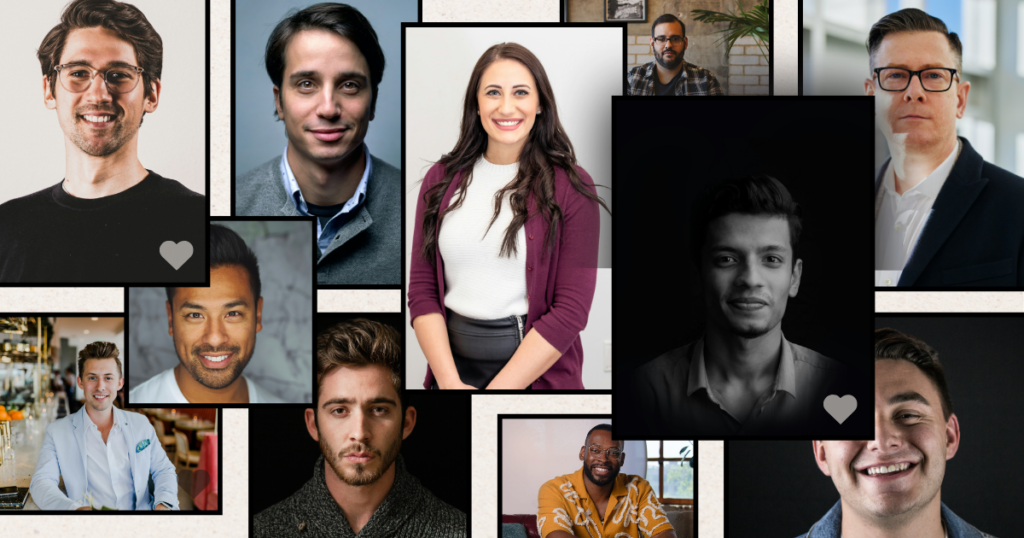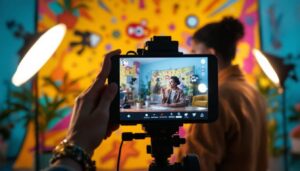In the fast-evolving creator economy, building and maintaining a sustainable presence can be both exhilarating and overwhelming. From monetizing audiences to navigating brand partnerships, creators constantly face challenges. To better understand these dynamics, we analyzed survey data from creators on LinkedIn, shedding light on pain points, newsletter adoption, brand partnerships, and tools they use (or don’t use).
Here are the key findings and takeaways from the survey data, along with strategies that can help creators overcome obstacles and grow their brands effectively.
Newsletter Adoption: The Rise of Creator-Owned Media
Newsletters have become a powerful tool for creators to connect directly with their audience, away from the shifting algorithms of social media platforms. Yet, our survey of LinkedIn Creators reveals that many creators don’t yet leverage newsletters to their full potential.
Key Findings:
- Few creators have active newsletters, and among those that do, many did not mention using popular platforms like beehiiv or Substack.
- Creators focusing on multiple niches (e.g., social media, entrepreneurship, or AI) seem to lag behind in newsletter adoption, possibly due to time constraints or a lack of knowledge about newsletter strategies.
Newsletter Adoption:
- 70% of creators surveyed have a newsletter (133 out of 189 respondents).
- This high adoption rate shows that many creators are leveraging newsletters, but there’s still room for growth among the remaining 30%.
- 60% of creators distribute newsletters to engage with their audiences.
- Newsletters are becoming essential for creators looking to build sustainable revenue streams through sponsorships and paid content.
Where Creators Host Their Newsletters
The choice of platform directly impacts the newsletter’s usability and monetization potential. Popular platforms include:
- Beehiiv (30%): Known for its user-friendly interface and sponsorship features.
- HubSpot (15%): Ideal for creators integrating email campaigns into a larger marketing strategy.
- Substack (20%): Empowers writers with subscription models and premium content options.
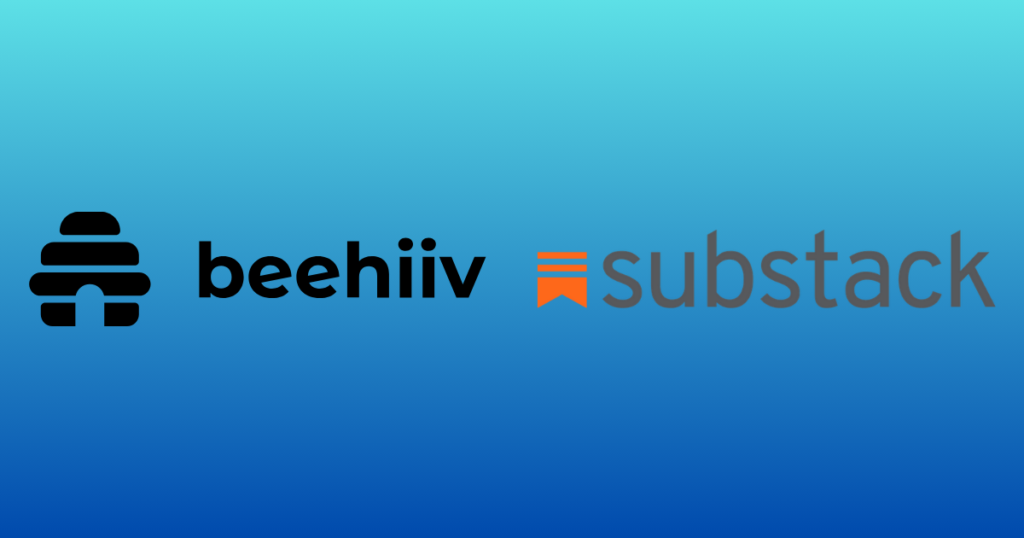
Why This Matters:
Email newsletters are one of the most reliable channels for direct audience engagement. With platforms like beehiiv offering tools for sponsorship opportunities, creators are leaving money on the table by not starting or scaling their newsletters.
Actionable Tip:
- If you’re a creator, consider starting a newsletter using tools like beehiiv. It’s not just a channel to engage your audience but also a gateway to sponsorship deals that may bypass traditional platforms like Instagram or YouTube.
Brand Partnerships
One of the biggest challenges faced by creators is establishing paid brand partnerships. While some creators in the survey reported working with brands like Dove and Adobe, others expressed frustration with the process of outreach and deal management.
Key Findings:
- Pain Points Identified:
- Uncertainty about how to conduct outreach: Creators feel lost when it comes to pitching themselves to brands.
- No responses from brands: Even when outreach happens, many don’t get a response.
- Overwhelmed by inbound requests: Some creators managing inbound interest find it challenging to respond effectively, missing potential deals.
Brand Outreach Challenges:
- 51% of respondents (96 creators) struggle with how to conduct brand outreach, highlighting a need for more education and resources in this area.
- 20 creators (10%) reported that brands don’t respond to their outreach, indicating frustration with the current brand-partner ecosystem.
- 16 creators (8%) feel overwhelmed by managing inbound brand requests, signaling a need for tools or support to handle high volumes of interest.

What This Tells Us:
The struggle isn’t just about getting deals—it’s about understanding how to approach brands and how to manage interest. There’s a gap between what creators are offering and what brands expect, leading to missed opportunities on both sides.
Actionable Tip:
Creators can benefit from outreach frameworks or tools to streamline their efforts. Services like Taplio or Shield can help manage LinkedIn outreach more effectively, giving creators insights into who engages with their content and where to focus their efforts.
Talent Managers: Do Creators Need Them?
While some creators in the survey reported working with talent managers or agents, the majority did not. This opens up an interesting debate: Is it better to manage your own brand or hire someone to handle it for you?
Key Findings:
- Most creators don’t currently have a talent manager.
- Those managing their own deals feel overwhelmed with handling both inbound and outbound brand opportunities.
Talent Managers and Agents:
- Only 7% (14 creators) have a talent manager or agent. This suggests that many creators are still managing their outreach and partnerships independently, which could be contributing to the challenges they face.
As creators navigate sponsorships and brand partnerships, many face a critical decision: should they manage these deals independently or enlist a talent agent? Our data indicates:
- 93% of creators prefer self-management, citing greater autonomy and lower costs.
- Creators in this category often rely on personal branding and direct outreach for partnership opportunities.
- 7% work with talent managers or agents to secure larger brand deals and streamline negotiations.
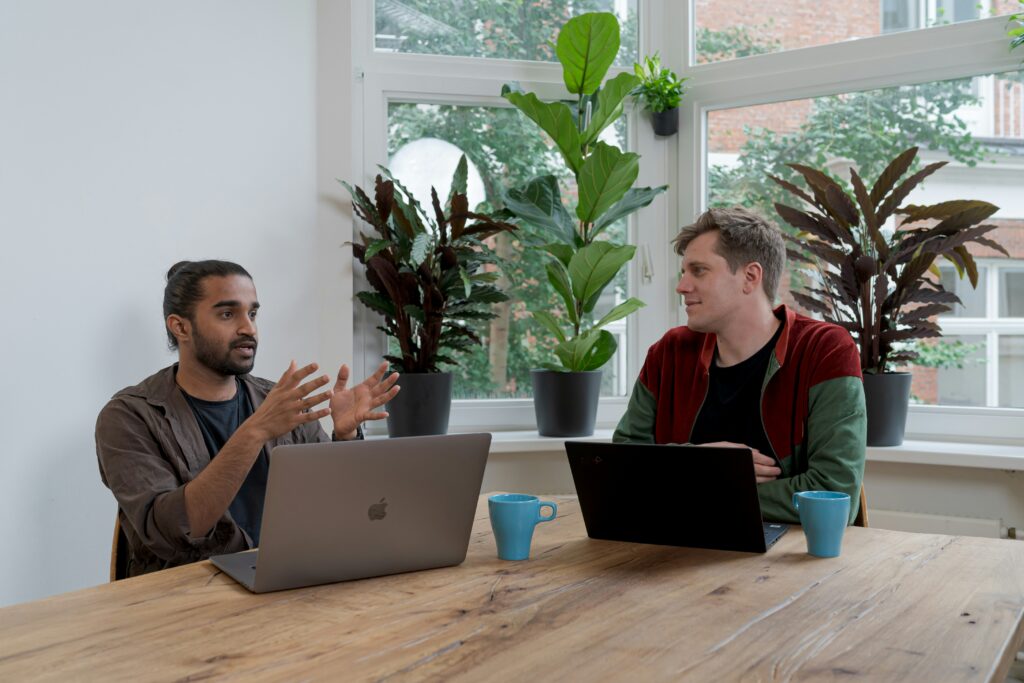
Self-managed creators control all aspects of their monetization but face challenges in negotiating deals and staying compliant with legal requirements. Represented creators benefit from agents’ expertise and networks but must pay fees, typically a percentage of their earnings. In industries such as podcasting and newsletters, agents can unlock significant sponsorship opportunities that might otherwise be out of reach for self-represented talent.
When to Consider a Talent Manager:
If your inbound requests are becoming unmanageable or if outreach feels too daunting, bringing in a manager can streamline the process. A manager helps negotiate deals, manage contracts, and free up time for creators to focus on content creation.
Actionable Tip:
Consider hiring a part-time agent or a virtual assistant to help manage brand deals. Alternatively, tools like Paved or Passionfroot can help automate sponsorship outreach and streamline brand interactions.
Aligning Your Expertise with Brand Opportunities
One of the more interesting findings from the survey is the diversity of content niches that creators focus on. Ranging from entrepreneurship and AI to social media marketing and remote work, these niches influence the types of partnerships and sponsorships creators attract.
Key Findings:
- Creators specializing in entrepreneurship or career growth seem to have more inbound requests, possibly due to their ability to align with brands targeting professionals and businesses.
- Social media marketing experts may find it harder to secure deals unless they focus on educational content or product reviews.

Actionable Tip:
Creators should lean into their niche and create content that aligns with the products and services they want to promote. For example, an AI creator could collaborate with tech startups, while a career growth expert might partner with LinkedIn or job platforms.
Essential Software for LinkedIn Creators
Our survey shows that most creators aren’t using tools designed for LinkedIn growth and management. Popular tools like Taplio, Shield, or LinkedIn Analytics didn’t appear frequently in the responses, despite their potential to help creators optimize their brand presence.
Why This Matters:
LinkedIn is a growing hub for thought leadership and creator engagement, but creators are missing out on tools that could enhance content performance and lead generation.
Actionable Tip:
Explore LinkedIn-specific tools to streamline your posting and outreach efforts. Taplio helps with scheduling posts, and Shield provides detailed performance analytics, enabling creators to see what content works and attract potential sponsors.
Beyond newsletters, creators use a variety of tools to optimize their workflow and grow their personal brands. The survey reveals that:
- AuthoredUp: Used by 10% of respondents, this tool helps streamline content creation and engagement on LinkedIn.
- HubSpot and Hootsuite: 15% of creators rely on these platforms to manage social media and email campaigns.
- Favikon, Taplio, and Shield: 25% use specialized tools to enhance visibility, manage analytics, or automate tasks.

Why These Tools Matter
The right tools can enhance productivity and streamline audience engagement. For instance, AuthoredUp integrates with LinkedIn to make social content creation more manageable, while HubSpot consolidates marketing, CRM, and analytics into one platform. Automation tools like Hootsuite allow creators to manage multiple social platforms, reducing the time spent on repetitive tasks. With a blend of analytics and scheduling features, these tools help creators focus on the most impactful aspects of their work.
Key Challenges: What’s Holding Creators Back?
Despite the rapid growth of the creator economy, several challenges persist. The data points to these top barriers:
- 65% of creators struggle with brand outreach, unsure how to find and secure lucrative partnerships.
- Many creators express frustration with navigating brand outreach, often citing a lack of resources or expertise.
- 30% of creators are unsure how to measure success, underlining a need for better analytics tools and clearer KPIs.
- Time and resource constraints also surfaced as a key challenge, especially for creators who manage everything independently.
Addressing These Challenges
Platforms like Beehiiv and Substack offer sponsorship features that simplify outreach for creators. Additionally, using analytics tools such as Shield or HubSpot can provide deeper insights into audience behavior, helping creators refine their strategies. Education on brand outreach techniques—like email templates and negotiation skills—could further empower creators to secure better deals.
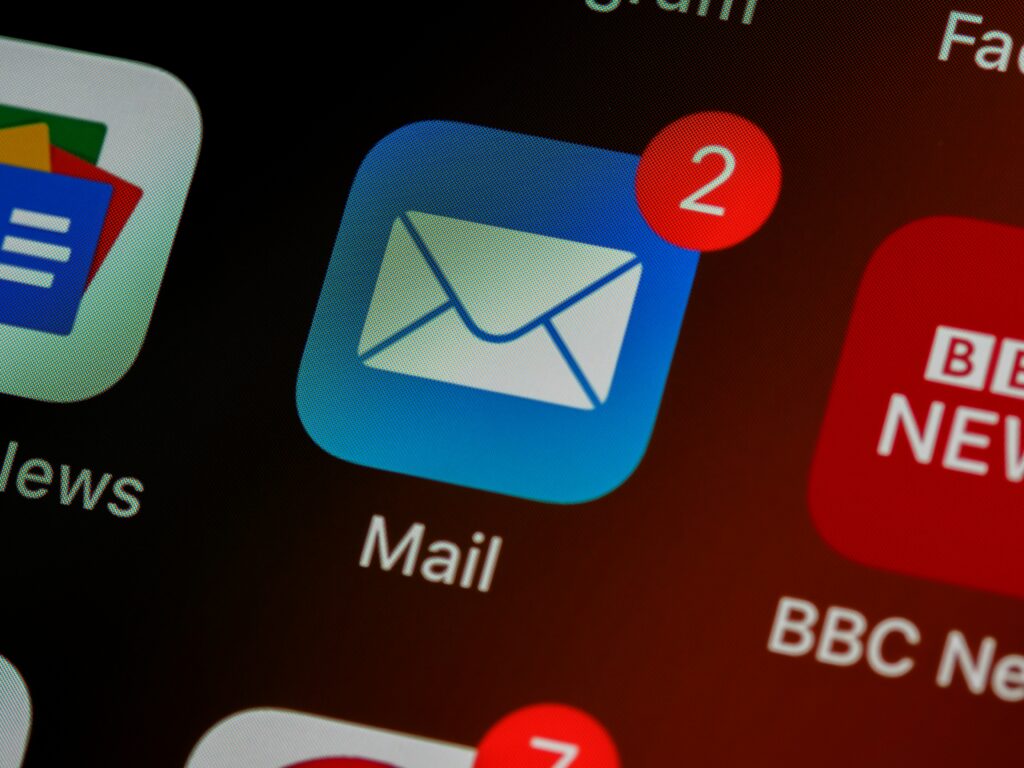
Why Newsletters are Crucial to Monetization Strategies
Newsletters provide a direct line of communication with audiences, fostering deeper connections and reducing reliance on platforms like Instagram, where algorithms control reach. Here’s why newsletters are a powerful tool for creator monetization:
- Sponsorships: Many newsletters include paid ads or sponsor content. A niche audience makes newsletters highly valuable to brands.
- Affiliate Marketing: Creators can embed affiliate links, earning commissions on products they promote.
- Subscription Models: Platforms like Substack allow creators to charge for premium content, adding an additional revenue stream.
Our research shows that many creators distribute three newsletters per week, suggesting high engagement and strong content planning. This frequency keeps audiences connected and provides regular opportunities for sponsored content.

Navigating the Creator Economy in the Future
The creator economy is full of opportunities, but many creators face pain points in outreach, deal management, and tool adoption. With newsletters growing in popularity and platforms like LinkedIn expanding creator tools, those who strategically align their efforts can unlock new growth opportunities.
What Should Creators Focus on Moving Forward?
- Start or scale a newsletter: Use platforms like beehiiv to engage your audience and attract sponsorships.
- Refine your outreach strategy: Learn the art of pitching and leverage tools like Taplio or Shield to streamline brand outreach.
- Leverage LinkedIn tools: Tap into performance analytics and post schedulers to optimize content and attract sponsors.
- Consider a talent manager: If overwhelmed, explore part-time agents or virtual assistants to manage inbound requests effectively.
The journey as a creator is dynamic, with new tools and platforms emerging regularly. The key to thriving is staying ahead of trends, leveraging tools effectively, and aligning your niche with the right opportunities. With the right tools and strategy, every creator has the potential to turn their audience into a thriving business.
